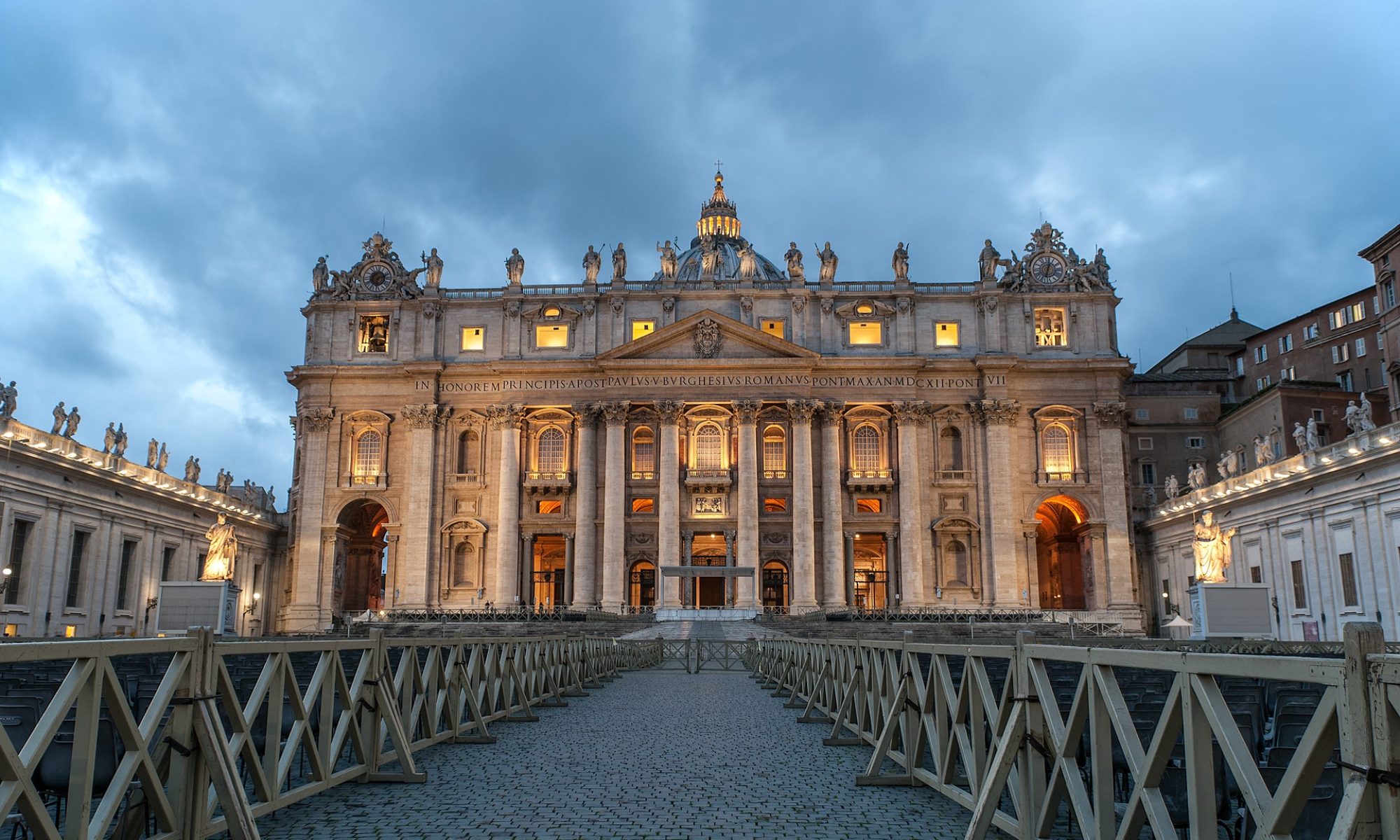14 DE ABRIL DE 2014
“Pedro no tenía ningún banco, ¿verdad?” Poco después de su elección el Papa Francisco hizo esta pregunta retórica. Pedro no tenía ningún banco, por supuesto, pero el Vaticano sí que tiene uno, el llamado Instituto para las Obras de Religión (Istituto di Opere Religiose, IOR). Sus operaciones son bien conocidas por el público debido a su récord de escándalos financieros durante los últimos treinta años, intercambiando con frecuencia las “obras de religión” por obras bancarias temerarias. La cima de la mala gestión y la desconfianza se alcanzó durante el reinado del Papa Benedicto XVI e, indudablemente fue uno de los factores que contribuyó a su dimisión. El Papa Francisco solicitó una investigación y formó una comisión para que le ayudara a tomar las decisiones concernientes al futuro del IOR.
El Vaticano mantiene el Banco
Francisco ha trabajado duro para llevar un soplo de aire fresco tanto dentro como fuera de los muros del Vaticano. En muchos aspectos es un Papa que está intentando renovar el sistema desde dentro hacia fuera dando ejemplo personal de un estilo de vida sobrio lleno de entusiasmo religioso. Su declaración acerca de Pedro y el banco suscitó ciertas expectativas en el sentido de que también haría significativos cambios estructurales en lo que se refiere a las instituciones del Vaticano. Algunos comentaristas llegaron a decir que el Papa estaba dispuesto a cerrar el IOR, empezando así una etapa de derogación de la expansión política en el centro de la Iglesia Católica.
Hace dos semanas se anunció por fin la decisión: el Papa confirma “la importancia de la misión del IOR para el bien de la Iglesia Católica, la Santa Sede y la Ciudad del Vaticano”. En otras palabras, el banco continuará existiendo tal como es, pero con una política más transparente, todo ello mientras el perfil bancario se mantiene intacto. Con todo lo que Francisco está cambiando, el sistema financiero del Vaticano no variará. Pedro no tenía un banco, pero los Papas sí, y pese a todos sus énfasis “misionales” Francisco no es diferente de sus predecesores.
El espeso “hardware” del Vaticano
Lo que es cada vez más evidente es que Francisco se está centrando en la “actitud” de la Iglesia, pero apenas se interesa en la revisión de la “estructura” fundamental del Vaticano. Sus observaciones sobre la “misión” abierta de la Iglesia giran en torno al “sistema operativo” de la Iglesia pero dejan su “hardware” tal y como está. El banco es únicamente una pieza de un cuadro mucho más grande. El Vaticano es un estado y el Papa es un líder político. El Vaticano tiene un territorio, un ejército, un cuerpo diplomático, tribunales civiles y penales, una cárcel y un banco. Expide pasaportes y participa en la escena política internacional como un estado soberano. La Iglesia Católico Romana es una iglesia que opera con un estado como su centro. Su doble cara es a la vez religiosa y política.
El “hardware” político intercambia la Iglesia con un cuerpo político que confía en la protección del hombre, en lugar de alentar al pueblo de Dios a servir a la misión de Dios en el camino de Dios. Las justificaciones habituales que se dan para razonar el “hardware” del Vaticano son que se trata del resultado de su larga historia y que ayuda a servir a la misión de la Iglesia. Estas son, claro está, defensas más pragmáticas que bíblicas. Además, estas excusas han sido la causa de que la iglesia se convierta en algo que va más allá de la forma que Jesús quería que tuviera la iglesia. “Pedro no tenía ningún banco, ¿verdad?” fue un comienzo prometedor. En realidad, la iglesia no necesita un banco y Jesús nunca dijo, ni tan siquiera sugirió, que la iglesia debería llegar a ser, en el fondo, un estado político. El posterior fortalecimiento del IOR demuestra que en el sistema, en su forma actual, la razón de estado prevalece sobre los principios bíblicos, aun para un Papa “revolucionario”.
